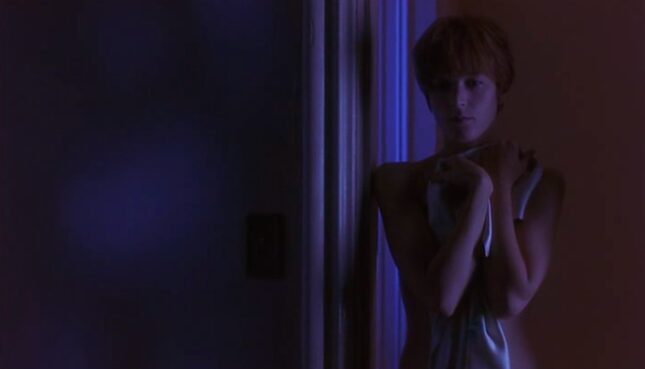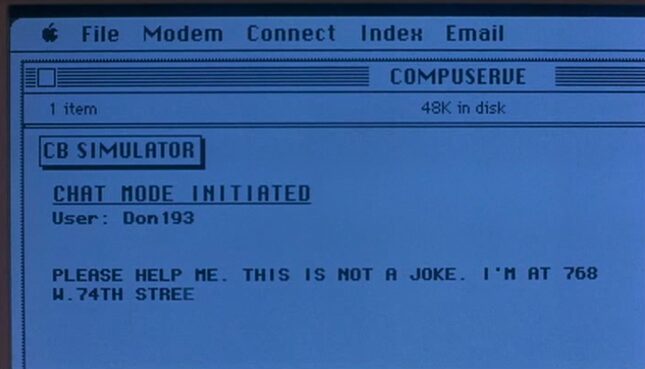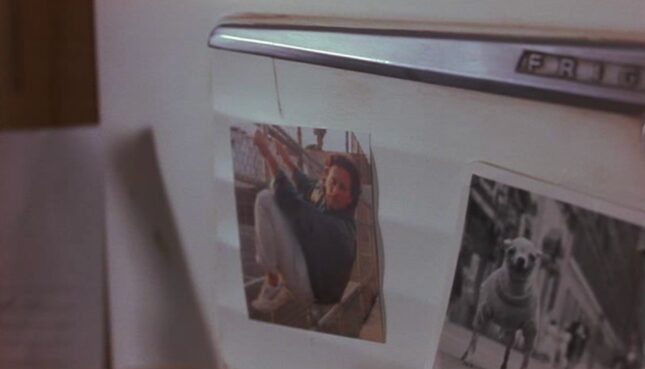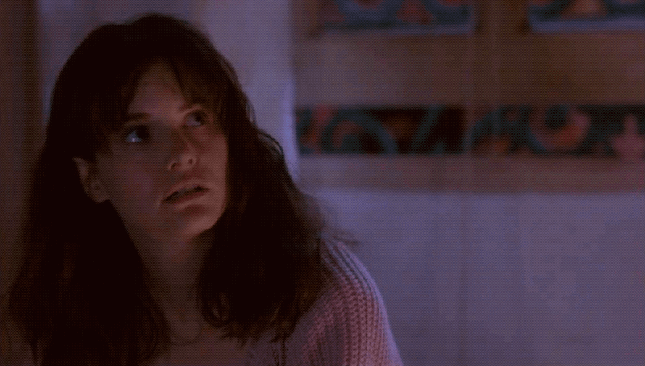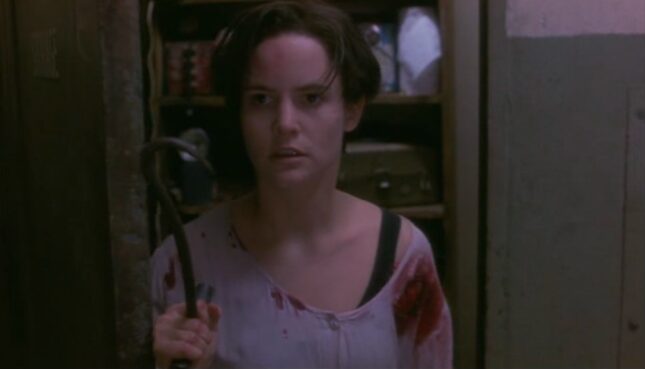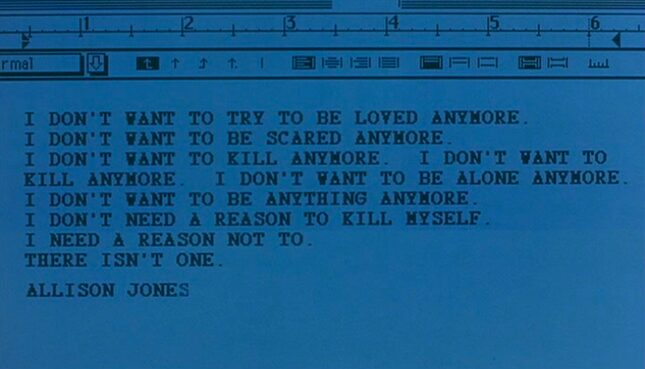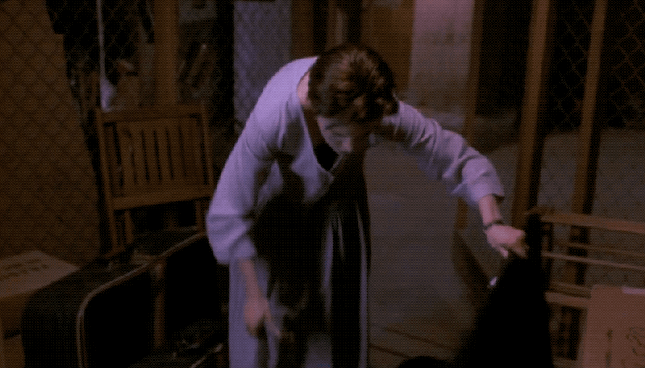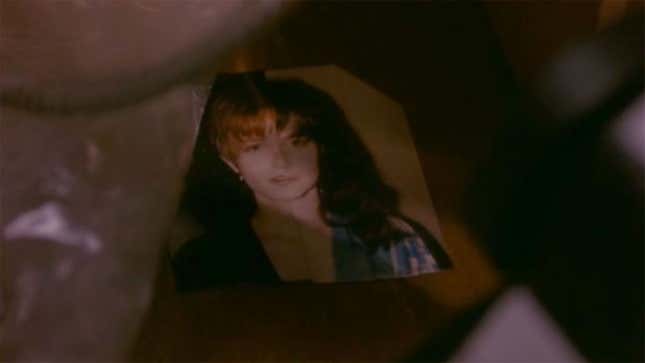

For a movie that performed so modestly at the box office that even referring to it as a “summer sleeper” seems overly generous, the ’90s thriller Single White Female left an oversized impression on pop culture. I don’t have data on this, but anecdotally it seems that almost 30 years after its August 14, 1992, release, the movie remains relevant in the cultural ether. One can easily understand what it is to “single white female” someone (the lifting of a person’s look wholesale as the expression of obsession) without actually having seen Barbet Schroeder’s flick, which did about $48 million at the box office. Somewhat hilariously, the month after Female’s release, the Los Angeles Times reported that the bob variation star Bridget Fonda sports (and that Jennifer Jason Leigh’s fastidiously codependent character rips off) in the movie was the fall’s hottest hairstyle. A nation was primed to single-white-female Single White Female.
What Schroeder, his actors, director of photography Luciano Tovoli, and screenwriter Don Roos (who adapted his script from John Lutz’s 1990 novel SWF Seeks Same) devised was simply iconic. That word gets thrown around a lot these days, but Single White Female is tangibly so. It has been described as “standing among a pantheon of films about female identity fugue (Persona, Vertigo, 3 Women, Sisters),” though Single White Female is the most narratively simple of that lot, a stiletto heel to the senses with a conventional downward-spiral structure. In many ways, it’s a product of its time, but perhaps none more outstanding than its status as a hallmark of the then-common domestic thriller subgenre, a category of films that exploited the potential horrors of the home that were largely perpetuated by women and occasionally children (as in 1993’s The Good Son, and, much later Orphan). Though the subgenre can be traced back to 1962’s What Ever Happened to Baby Jane if not earlier, the 1987 phenomenon Fatal Attraction is probably most responsible for its surging popularity in the late ’80s and early ’90s. In a bonus interview on the 2018 Scream Factory Blu-ray release of Single White Female, Roos says he gleaned particular inspiration from The Hand That Rocks the Cradle, another of the subgenre’s quasi-classics. (Given that SWF was released just eight months after Cradle, this seems like it could be revisionist history, but the genetic similarity of the two films is nonetheless apparent.)
The movie is so ‘90s that an answering machine elicits a minor meltdown:
This is really what it was like to live back then.
That’s Fonda as Allie Jones (not to be confused with the journalist/my former Gawker colleague), whose breakup with her boyfriend Sam (Steven Weber) upends her life and sends her scrambling for a roommate in her cavernous Upper West Side apartment that is just raw enough to be chic. (Retrospectively hilarious is that the breakup is also precipitated by answering machine drama—Sam’s ex calls, but the machine picks up and Allie is able to hear both sides of the conversation, including the ex berating Sam for sleeping with her that day and then leaving her alone again. Answering machines: They took as much as they gave us.) With flair copped from Rosemary’s Baby, the exterior of Allie’s building is presented so frequently and from so many angles that it’s practically its own character. (The exterior shots are of the famous Ansonia, whose basement was home to the gay bathhouse the Continental Baths and then the straight swingers’ club Plato’s Retreat, back before AIDS panic shut down stationary New York sex clubs for good.)
After a brief search, the somewhat dowdy Hedy comes knocking, finding Allie literally crying on her kitchen floor, and it seems like an immediately good fit until Hedy gets weird and then weirder and then buys a puppy that is a yelping, bouncing example of George Carlin’s principle of “every pet is a tiny tragedy waiting to happen.” Hedy is clingy and Allie’s reconciliation with Sam after only about a month only accelerates her inevitable decline.
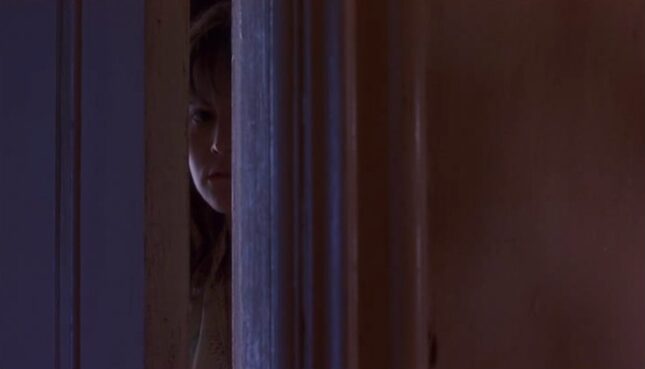
Before we talk about the film’s depiction of mental health, a word on its handling of race. It is a subject that is never directly addressed, though its place in the film’s subtext is as pronounced as a steady hiss of white noise. Look no further than the oddness of the title, a reference to Allie’s ad for a roommate.
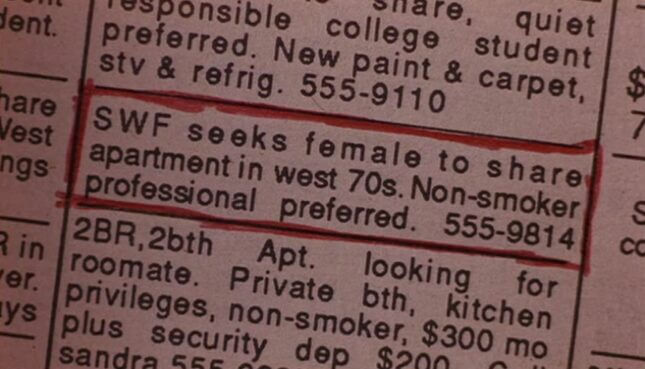
Through today’s eyes, it’s bizarre that Allie would include her whiteness as part of a housing ad. It was common in dating personal listings (and to some degree remains so) especially in less enlightened times when interracial relationships were either regarded as inherently taboo or bound to be controversial, but what difference should it make to a housing situation? At least Roos’s screenplay corrected the explicit discrimination of his source material’s title (again, SWF Seeks Same, emphasis mine), but this being a ‘90s movie, such explicit signaling was redundant. Of course the protagonist in a domestic thriller was white, and of course her roommate and boyfriend (and her gay upstairs neighbor and her freelance employer and the people walks among on the streets of early ‘90s New York) were white. When I brought this up to my friend Caity Weaver earlier this week, she said that because white was (and still largely is) the default, it’s strange that it was even noted at all.
Shoutout to Caity for coming up with Unmarried Karen as an alternate title to this film. Allie is such a Karen, so much so that in the film’s opening, when she and Sam are lying in bed and he asks how many kids she wants, her response is, “I don’t know, what’s the statistical norm?” Right-down-the-middle Allie is a perpetual victim who attempts a veneer of kindness that cracks as soon as Hedy starts getting annoying. It’s a daring choice to play and write her with nefarious fragility, though I think we’re supposed to sympathize with her beyond what I could afford on this most recent viewing.
-

-

-

-

-

-

-

-

-

-

-

-

-

-

-

-

-

-

-

-

-

-

-

-

-

-

-

-

-

-

-

-

-

-

-

-

-

-

-

-

